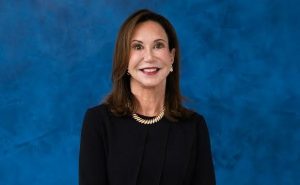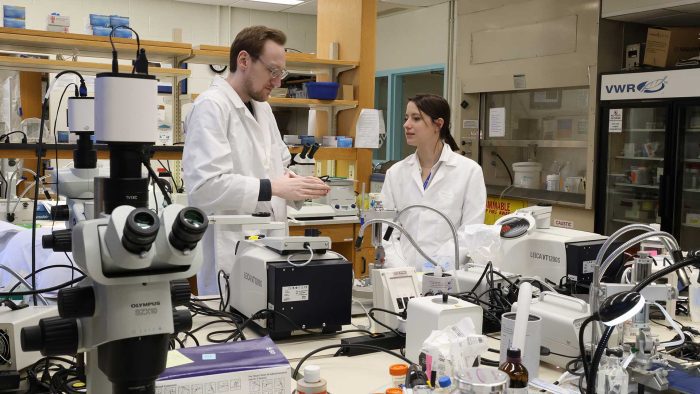By Leah S. Dunaief

Publisher
While most of us know “of the famous ride of Paul Revere,” quoting Longfellow, there is another ride that happened 100 years ago that we can commemorate. It has to do with one of my favorite dogs. His name was Balto, an Alaskan husky and sled dog born in Nome, and he led a team of sled dogs, driven by Gunnar Kaasen and carrying vital diphtheria antitoxin through fierce Alaskan storms across the wilderness and into history.
The serum was desperately needed to combat an outbreak of the disease. Planes such as they were in 1925, were grounded by the intense weather. The only hope for rescue was with the perilous trip by sled. Kaasen insisted that Balto was the true hero. A movie, a nationwide tour on the vaudeville circuit and a bronze statue in Central Park resulted.
Now I visited Central Park most Sundays, when the weather permitted, throughout my elementary school years, with my dad and younger sister. It was my dad’s way of giving my mother a few hours off and of having some time with us since he worked six days a week, left early in the morning, and only returned for a late dinner. He would cook us breakfast, and then we would walk through the Park, taking a different route each time until my mother would join us in the late afternoon with a picnic supper.
Most often, he made sure our meanderings took us past the statue of Balto. I would climb up on the rock on which he stood, then sit astride his back, and listen as my dad read the words on the plaque adorning the site “dedicated to the indomitable spirit of the sled dogs that relayed antitoxin six hundred miles over rough ice, across treacherous waters, through Arctic blizzards from Nenana to the relief of stricken Nome in the winter of 1925: endurance, fidelity, intelligence” Visuals of the trip would run through my mind as I sat there, courtesy of Jack London, whose books I read. I loved Balto.
But there is quite a back story.
For starters, Balto was an underdog in a literal sense. He was owned by Leonhard Seppala, a native Norwegian, sled dog breeder, musher and competitive racer, and was named after an Arctic explorer. Balto had a black fur coat, a small, stocky build with two white stocking front feet and was considered “second rate” as a racer by Seppala, who had him neutered at six months and used him to haul freight for short runs and help pull railcars with miners over a disused railroad track. Gunnar Kaasen, another native Norwegian and a close family friend of Seppala, with 21 years of dog sledding experience who worked for the breeder, came to know Balto and believed Seppala had misjudged the dog because of his short stature.
Early in 1925, doctors realized a deadly diphtheria epidemic could affect the people of Nome, Alaska, and putting the city under quarantine, transmitted with Morse code that the town desperately needed more serum, whose supply was almost depleted. Mushers were summoned to relay the precious cargo. Radio, a recent invention, picked up the story, as well as newspapers, and followed the more than 20 mushers as they took turns through storms and strong winds. Kaasen was appointed to drive a team of Seppala’s dogs, and although Seppala wanted a dog named Fox to lead the team, Kaasen picked Balto. They left the town of Bluff with the antitoxin at 10 p.m.
Shortly after they started, a blizzard caused them to become confused and lost. Kaasen yelled, “Go home, Balto,” and the dog, used to hauling heavy loads, navigated his team through the wild winds. At one point, Balto unexpectedly stopped before some ice on the Topkok River that broke in front of him, thereby saving Kaasen’s life and that of the entire team, according to the musher. The package was delivered in time, and the residents were saved.
There is more to the story. Especially as money entered the picture, lies and deception, jealousy and hatred all became part of the human saga. But Balto will always remain my 100-year-old dog.










 Welcome to the 40th edition of Paw Prints, a monthly column for animal lovers dedicated to helping shelter pets find their furever home.
Welcome to the 40th edition of Paw Prints, a monthly column for animal lovers dedicated to helping shelter pets find their furever home.


 Meet Finn
Meet Finn










